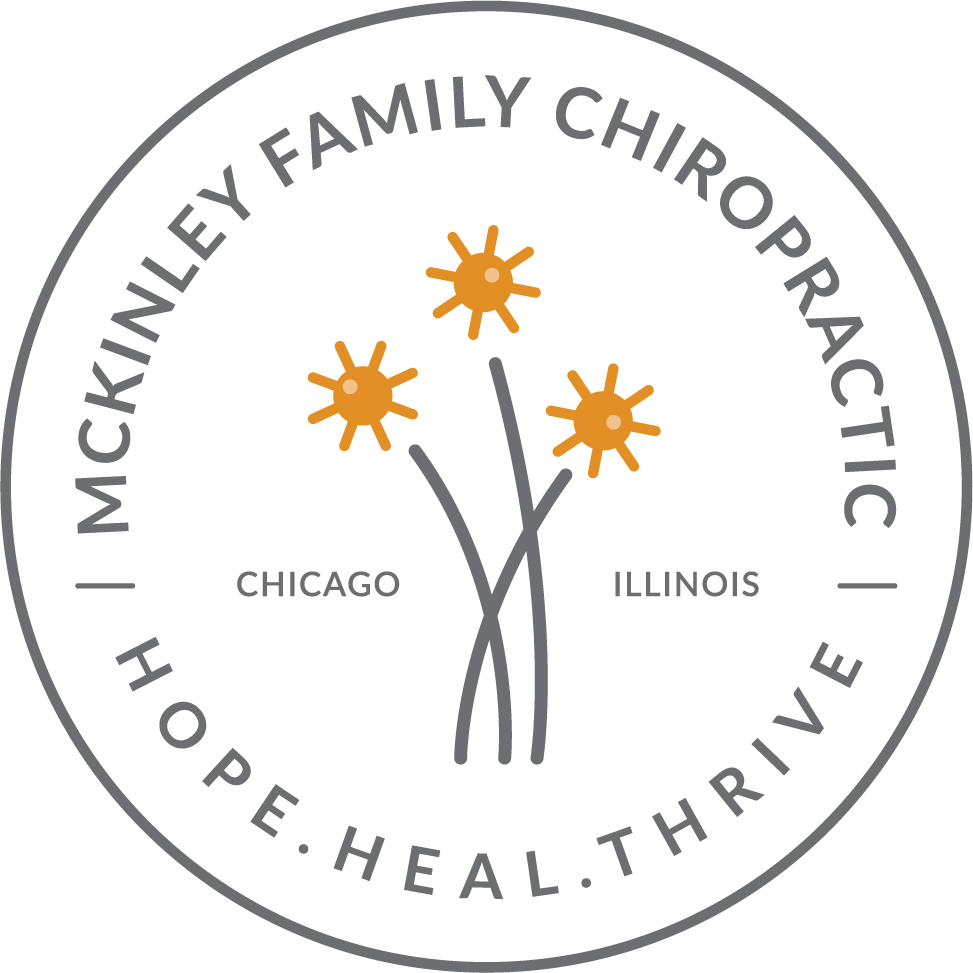Best Chiropractor for Shoulder Pain in Chicago
Of all the joints in the human body, the shoulder is one of the most complex. It has more mobility than any other joint, but the very qualities that make the shoulder joint flexible also put it at greatest risk of injury. The shoulder joint is composed of a ball and socket, just like the hip. While the hip’s socket is made stable by a hard ring of bone, the shoulder joint depends on the rotator cuff’s soft tissues for stability.

Shoulder Pain Starts in the Neck
The neck and shoulders are interconnected in such a way that anything that affects one will affect the other. Shoulder pain is often “referred pain,” meaning that it originates somewhere else. Dysfunction in the neck is the most common cause of pain referred to as the shoulder, and the most frequent type of neck dysfunction that results in shoulder pain is a forward head posture or FHP.
FHP Starts With Subluxation
A vertebral subluxation is a misaligned spinal bone, and that’s where Forward Head Posture often begins. The subluxation causes the neck’s natural forward curve to diminish, which results in the head being carried in front of the shoulders. The weight of the head creates tension in the joints of the cervical spine and places mechanical stress on the shoulder girdle. Over time, the joints are subjected to excessive wear and tear, which may result in osteoarthritis of the shoulders and neck.
The Relationship Between Nerve Function and Shoulder Pain
The neck has 7 spinal bones or vertebrae. Nerves branch off from the spinal cord through small openings between the vertebrae, then travel across the shoulder before moving down the arm. Vertebral subluxations (misalignments of spinal bones) put pressure on the nerves that control the function of the rotator cuff muscles. Such “pinched” nerves may result in shoulder pain and often cause numbness or pain in the arm or hand.
Torn Rotator Cuffs and Dislocated Shoulders
Vertebral subluxations prevent nervous system communication to the shoulders, and muscle regulation is altered. An imbalance begins. Some of the muscles in the shoulder girdle are overused, and others are underused. A poorly functioning shoulder stands a greater chance of enduring rotator cuff tears and joint dislocations.
Friction Creates Shoulder Bursitis
Uneven use of the muscles in the shoulder girdle often leads to friction in the joint. This results in bursitis, which is an inflammation of the “bursa,” the small sac of synovial fluid that exists to keep the joint gliding smoothly. Medical doctors often treat bursitis by injecting steroids into the bursa, but this only weakens the soft tissues of the rotator cuff. Thus traditional treatment actually makes the problem worse, while only offering temporary pain relief.
Checkout more helpful videos on our YouTube channel by clicking here


